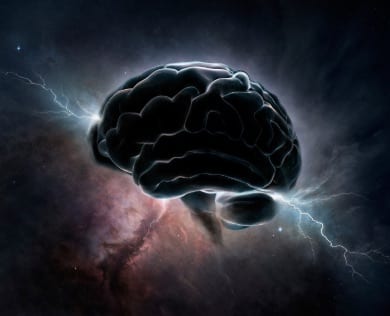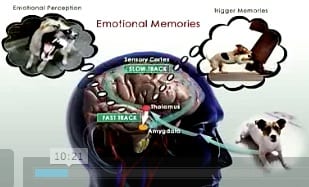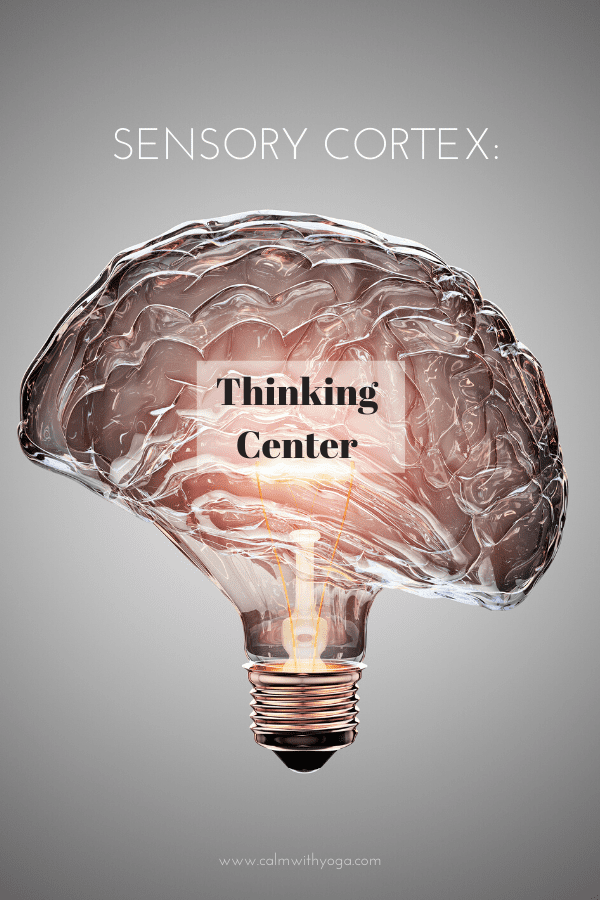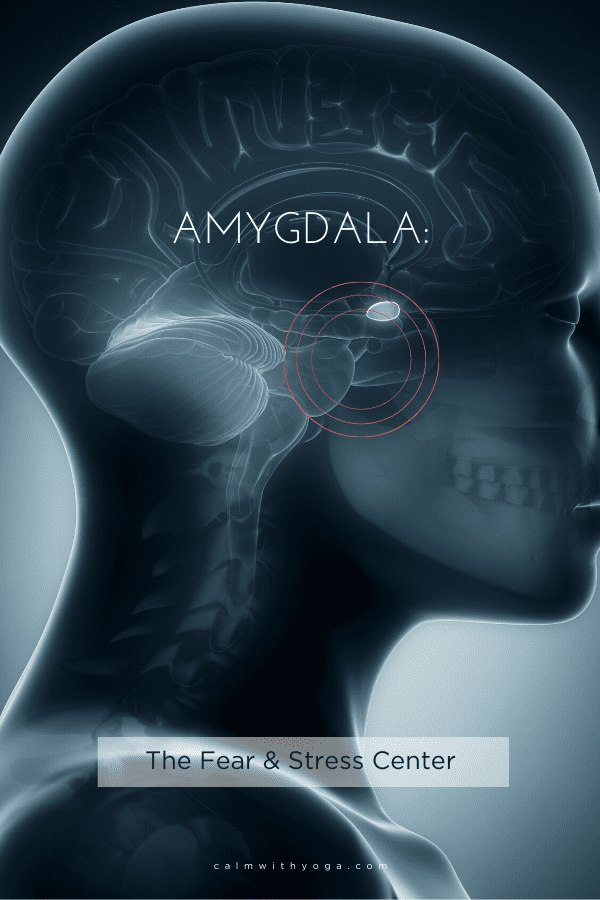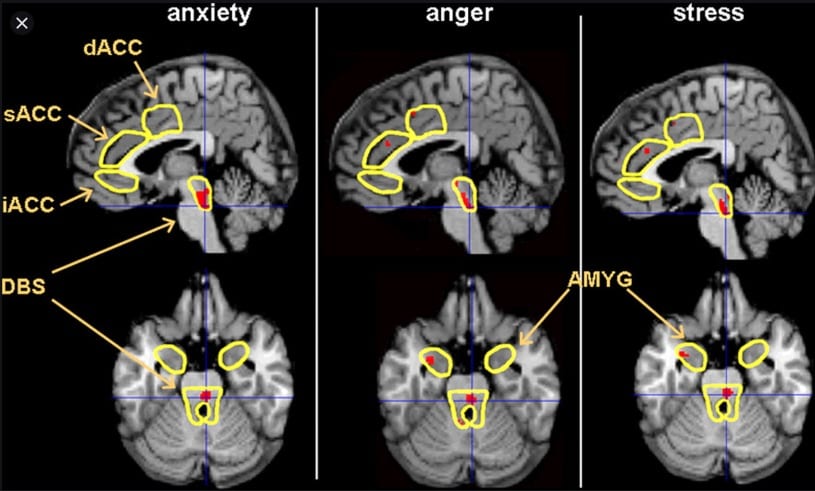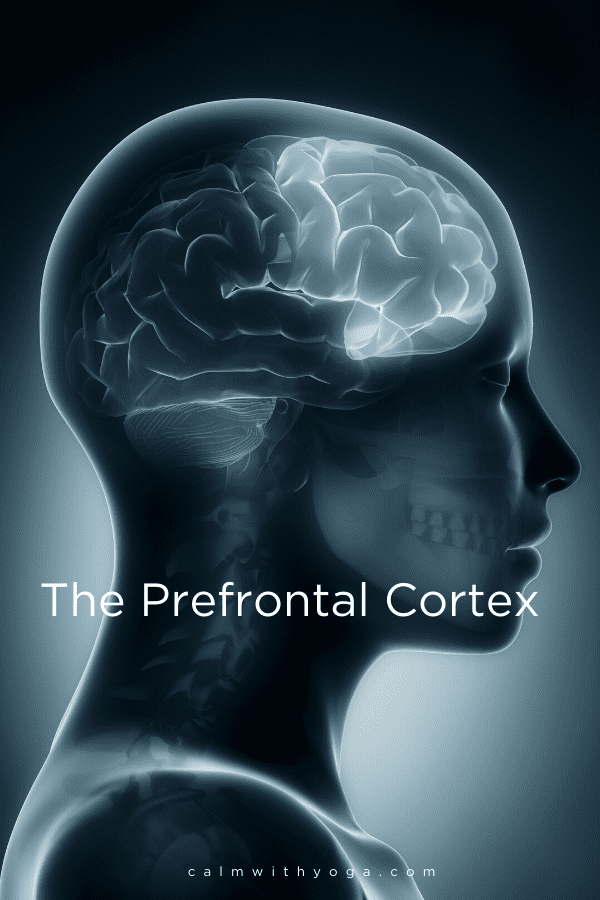– Dr. Rollin McCraty, Director of Research, the Institute of Heartmath The long-term effects of unmanaged chronic stress, traumatic experiences, and overwhelm are leading us towards more burnout, a more troublesome daily life, and an increased risk of mental and physical disorders. According to the Anxiety and Depression Association of America, it’s estimated that approximately 40 million adults over the age of 18 experience an anxiety disorder just in the U.S. alone. (1) The National Institute of Mental Health says the following are risk factors for anxiety: (2)
Having experienced trauma or a significantly stressful life event in early childhood A family history of anxiety or other mental illnesses in a loved one and blood relatives. Medical conditions and health problems such as thyroid issues or heart arrhythmias
So if more and more of us are struggling with anxiety – what are the long-term effects? What does chronic and often unmanaged anxiety do to our brains?
Types of Anxiety Disorders & Other Mental Health Conditions:
1 – Generalized Anxiety Disorder (GAD) Acute or excessive worry about any life aspect that lasts six months or longer. 2 – Panic Disorder Experiencing chronic panic attacks and feelings of terror and intense dread. The fear of having a panic attack in public can also lead to agoraphobia. 3 – Posttraumatic Stress Disorder (PTSD) Constantly reliving a traumatic or near-death experience in the form of vivid dreams, flashbacks, and memories. 4 – Social Anxiety Disorder Acute fear or social phobia in normal social situations causing the desire for social isolation. 5 – Obsessive-Compulsive Disorder (OCD) Obsessive and uncontrollable thoughts accompanied by compulsive and/or repetitive actions performed as a way to relieve the anxiety caused by such thoughts. 6 – Major Depressive Disorder (MDD) Chronically depressed moods accompanied by lethargy and a loss of interest in activities. Aka major depression. 7 – Seasonal Affective Disorder (SAD) A mood disorder that typically occurs in places where there is reduced sunlight at certain times of the year. SAD patients often benefit from light therapy. 8 – Bipolar Disorder Characterized by extreme mood swings that last weeks or months. These are often high/manic and low/depressive.
Symptoms of Anxiety:
Many of the physical symptoms of anxiety are caused by an influx in the secretion of stress hormones. This often unmanaged and chronic stream of stress hormones running through the body causes the immune system to weaken and can lead to a host of chronic health issues. Anxiety raises your heart rate and blood pressure. It increases blood flow to your extremities (prepping you to either fight or flee) and can cause heart palpitations, chest pain, and even increase your risk of heart attack and heart disease. Anxiety causes muscle tension and because it shuts down digestive function can also cause stomachaches and poor digestion which can lead to a series of other issues too. When you’re anxious you tend to breathe faster, shorter, and more erratically. This can cause you to feel shortness of breath. It doesn’t matter what type of anxiety disorder you experience, it impacts your quality of life and puts you at risk for developing multiple potential physical illnesses. That’s why it’s so important to take the necessary steps to manage mood and anxiety in the most natural, efficient, and effective ways possible. More anxiety symptoms:
You experience anxiety attacks The world feels like it’s collapsing around you Your chest is tight, your heart racing, palms sweaty You feel like literally running and hiding under a rock You can’t control your anger and lash out in words or actions You have paranoid moments and thoughts You have to run to the bathroom because your belly is acting crazy. The most random things trigger deep emotions and/or memories within you You feel that no matter what you do patterns just keep repeating themselves Your ‘Analysis Paralysis’ is out of control You can’t stop the thoughts or the nonstop worry in your head and haven’t been sleeping
All of the symptoms above mental/emotional feeling states originate within specific brain pathways and most likely stems from old stored emotional memories and interpretations. Our emotional patterns and perceptions drive our nervous and hormonal systems. Our emotions are not just intangible passing feelings.
Every emotion measurably impacts our body by way of our biochemistry and physiology.
Dr. Rollin McCraty of the Institute of Heartmath explains: “From a psychophysiological perspective, we really don’t have an emotional experience – an actual feeling – without a corresponding change in the information occurring within the autonomic nervous system (ANS)… Any change, any perception that we have (especially with an emotional response) does lead to a change in the activity in both branches of the ANS. It’s never just one or the other, it’s more about how they interact and the changes in both branches.” (39) Since your anxiety impacts not just your physiology (body function), but also your perceptions of the world and your brain’s ability to think sharply and creatively, it’s important to know the mechanisms by which all of this plays out…
The Brain’s 2 Anxiety Pathways: The Fast Track & Slow Track
In order to get a handle on your anxiety, it’s really helpful to see the big picture. – Epictetus, Stoic Philosopher By understanding what’s happening within you when your anxiety takes hold, you can then begin to create personal insights regarding your triggers and reactions, and also begin to rewire your brain to manage it all more efficiently. There are two main pathways by which the brain’s anxiety alarms can ring: 1.) The Cortex (thinking center/ outermost region of the brain) 2.) The Amygdala (emotional center/ deep in the center of the brain) In his presentation titled: The Science & Research Behind the Heartmath System, Dr. Rollin McCraty, Ph.D. explains how both of these pathways work in relation to our emotional memories and patterns (39): He refers to the Cortex Pathway as the “Slow Track” and the Amygdala Pathway as the “Fast Track.” Both are connected to the Thalamus, which plays an important role in the information processing circuit related to your anxious thoughts and reactions. In this context, you can think of your Thalamus as a ‘switching station’ or a ‘filtering gate’ whose job is to distribute every bit of incoming information from the outside world. The Thalamus collects everything that your senses pick up from your environment, with the exception of your olfactory input – everything you see, hear, taste, and touch. (41) After receiving the signals from your eyes, ears, tongue, and skin it relays that information to both pathways – the Cortex and the Amygdala.
1.) The Cortex Pathway:
Cognitive/Thinking center Conscious awareness (we’re aware of what’s going on and we have more access to information in this pathway) ‘Slow track’ because it takes more time to process the information received by the Thalamus Conscious perception Conscious memory Rational Logic The anticipation of future events Learning and information processing Intention Involved in habit formation Imagination
2.) The Amygdala Pathway:
Strong emotional experiences become your body’s emotional history. These emotional histories will condition how you feel and react to situations now. You can be operating like a split-screen, your rational or conceptual mind saying one thing and your feelings another because of stored emotional histories. – Doc Childre & Deborah Rozman, Transforming Anxiety: The HeartMath Solution for Overcoming Fear & Worry & Creating Serenity
Emotional center ‘Fast Track’ because it’s literally eavesdropping on the incoming sensory information and receiving it before the cortex pathway does. Responsible for the physical effects and experience of anxiety and fear (beating heart, sweaty palms, hot flashes, short breaths, stress hormones) It is a ‘short cut’ and operates much quicker than the cortex – it can mobilize the body and create reactions in a fraction of a second. Acts as an alarm system in the body whenever it detects potential danger. Unconscious Memory Birthplace of our emotional reactions, and since it’s quicker than the cortex this is why we often have knee jerk reactions before thinking things through. Connected to the Sympathetic Nervous System (SNS; “Fight or flight response”/ stress response) Stores past emotional experiences that have meaning and significance to you and matches patterns of past experiences with current experiences. The amygdala can literally hijack other brain processes. According to neuroscientist Joseph Ledoux, there are way more neural connections from the amygdala to the cortex than vice versa (40) so it makes sense that we can’t think logically when the amygdala is sounding the alarm.
This Is What Brain Imaging Reveals About Anxiety & Depression:
The brains of people with both anxiety and depression seem to have overactive and enlarged amygdalas. Functional magnetic resonance imaging (fMRI) brain scans revealed that miscommunication between the amygdala (the brain’s fear and emotion center) and other brain regions may be at play in anxiety disorders. One Stanford University School of Medicine imaging study found that the amygdala of anxious subjects has less connectivity to the part of the brain that determines the importance of stimuli. (3) This could be why anxious people struggle to differentiate between what’s truly worthy of worry and what’s not. They also found that the amygdala was more connected to other regions of the brain thought to regulate mental control over emotions. Researchers think that this might be why those with GAD (generalized anxiety disorder) experience excessive and obsessive worry and overthinking, but they can’t say with certainty whether the brain abnormalities came first or whether the excessive worrying rewired the brain by reinforcing those particular pathways. Another new study based on high-resolution magnetic resonance imaging (MRI) brain scans confirmed that those with depression and anxiety do indeed possess specific structural abnormalities in certain areas of the brain. (4) The lead researchers Dr. Youjin Zhao and Dr. Su Lui scanned the brain of 37 major depressive patients (MDD), 24 social anxiety patients (SAD), and 41 healthy controls and looked for differences in the thickness of the cerebral cortex – the thinking brain and outermost layer. They found differences in the following areas: anterior cingulate cortex – this part of the thinking brain is linked to emotion. It appeared to be thicker in the MDD and SAD groups. dorsal attention networks – this network helps us decide what and where to focus our attention on. insular cortex – this area of the thinking brain is important for self-awareness and perception. It appeared to be thicker in both the MDD and SAD groups.
Brain scan studies also reveal that anxiety can hijack the brain’s thinking and decision-making processes by suppressing prefrontal cortex neuron activity. (5) The PFC is the newest of brain areas in terms of evolution. It plays a key role in what’s called ‘executive functions’: assessing risk vs. reward potentials, managing emotions, problem-solving, decision-making, and even long-term planning. You can help get the PFC back online by regulating anxiety through yogic breathwork, meditation, and mindfulness. REFERENCES : (1) https://adaa.org/about-adaa/press-room/facts-statistics (2) https://www.nimh.nih.gov/health/topics/anxiety-disorders/index.shtml#part_145335 (3) https://med.stanford.edu/news/all-news/2009/12/brain-scans-show-distinctive-patterns-in-people-with-generalized-anxiety-disorder-in-stanford-study.html (4) https://www.medicalnewstoday.com/articles/320112.php#3 (5) https://www.jneurosci.org/content/36/11/3322.abstract
